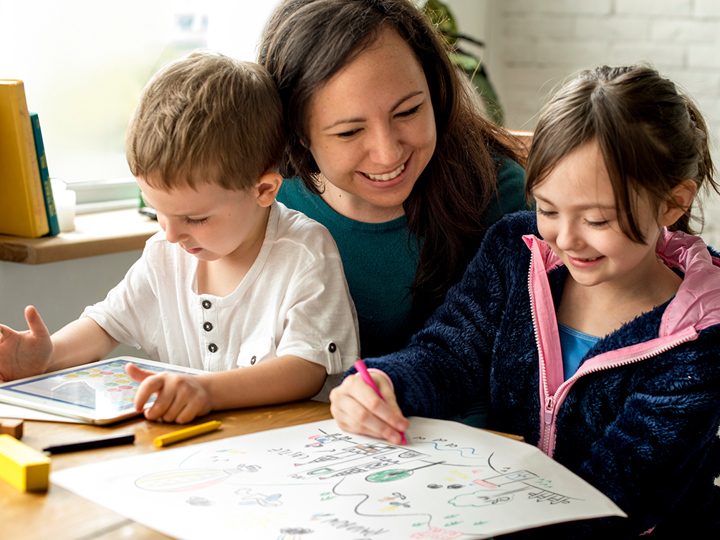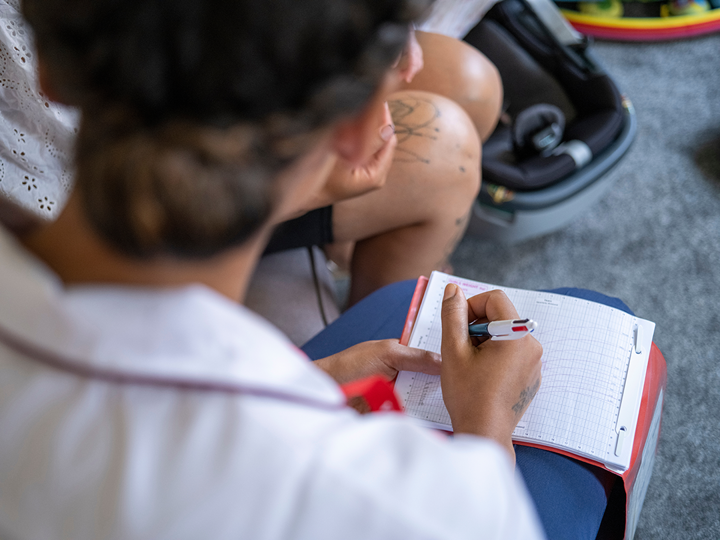Colour blindness

Colour blindness is also known as colour vision defect. It is when someone is unable to spot the difference between certain colours. It happens when the colour detection cells (also known as cones) in the eye are missing or not working.
Colour blindness is genetic. This means that it is passed from parent to child. It affects 1 in 12 boys and 1 in 200 girls. There is no treatment for colour blindness.
Types of colour blindness
There are different types of colour blindness:
Red-green - This is a difficulty seeing reds and greens. This makes it hard to spot the differences between purple and blue or dark green and dark brown. It is the most common type of colour blindness.
Blue-yellow - This is a difficulty seeing blues and yellows. This makes it hard to spot the differences between blue and green and yellow and pink. It can also make colours look less bright.
Complete - This is when someone is unable to see any colours. They will see the world in greyscale. This will come with other symptoms such as sensitivity to light and decreased vision. This is a rare type of colour blindness.
Colour blindness limitations
There are lots of ways to support colour blind children and young people. Accomodations can be made at school, college and university. When they grow older the majority of jobs will be able to accommodate their colour blindness.
Some jobs and careers that require the ability to identify colours. This will exclude people who are colourblind. This is usually for safety purposes.
Some careers and jobs that require perfect colour vision:
- British Armed Forces
- Colour matcher
- Electrician
- Mechanic
- Fisherman
- Railway work
- Firefighter
- Police
Last reviewed: 1 November, 2024

